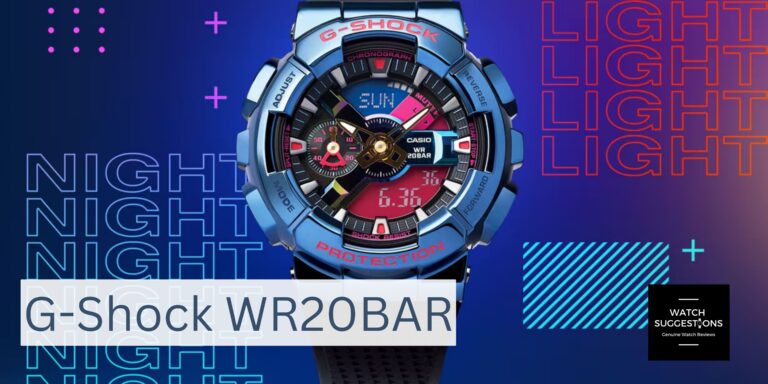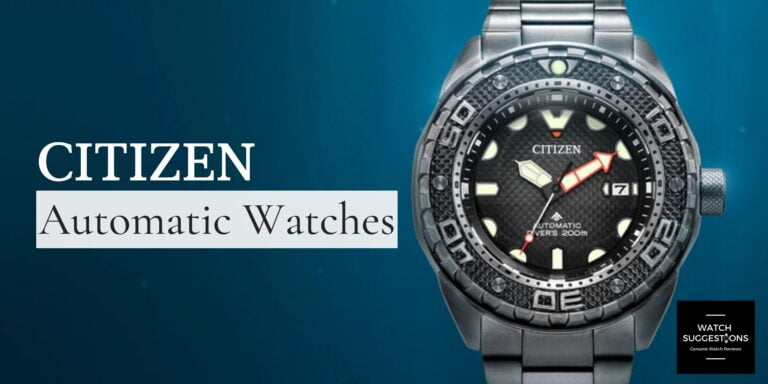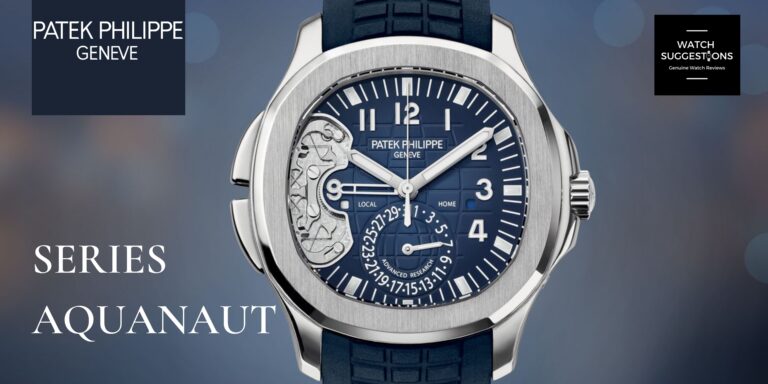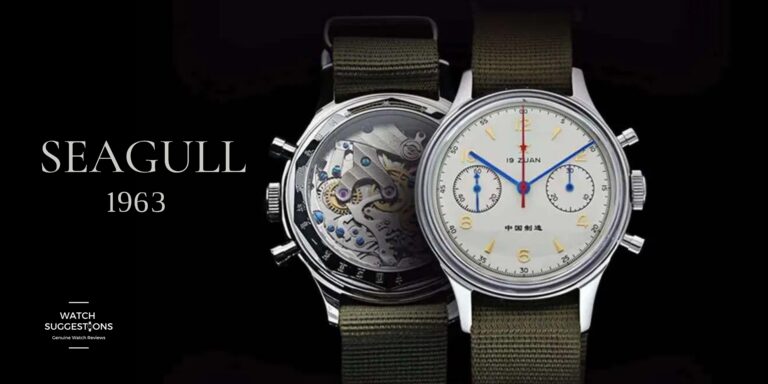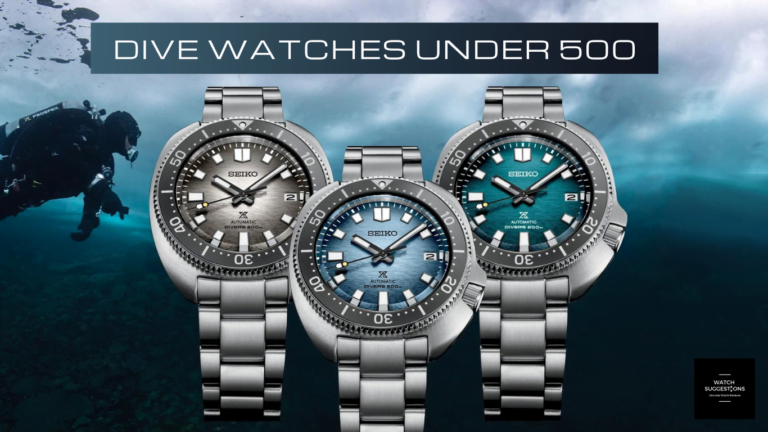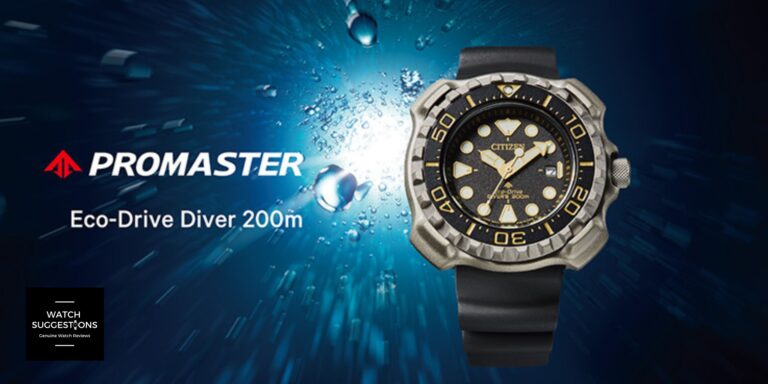Tag Heuer Formula 1 Watch: A Bold Swiss Icon Every Collector Must Consider
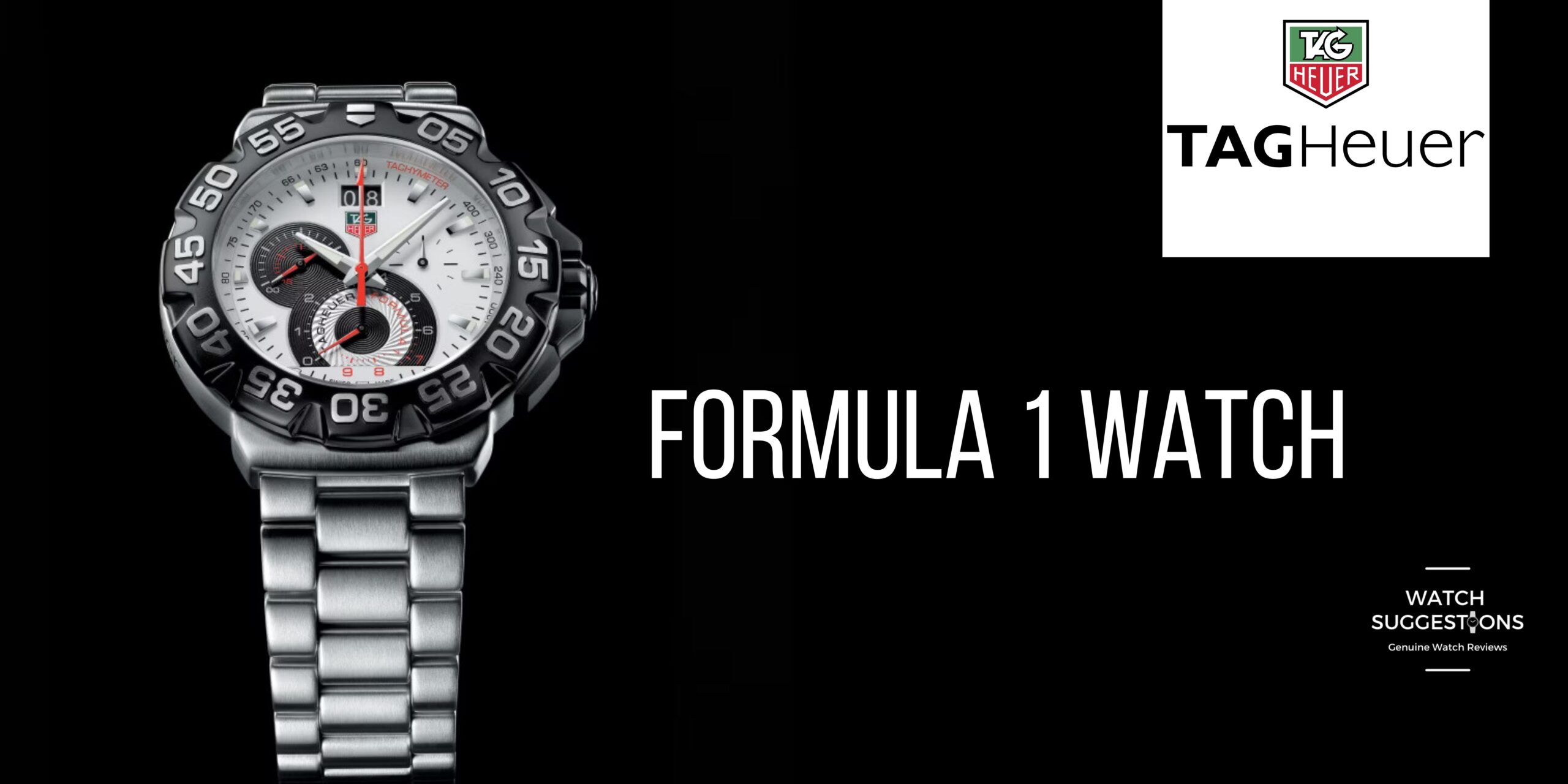
Think of the TAG Heuer Formula 1 watch as a way to get started collecting luxury watches. The watch often stands out in a store window because of its sporty and bright appearance.
It attracts the uninitiated and sets the stage for future purchases. It’s a sound investment in a piece from a top Swiss brand at a reasonable price.
The TAG Heuer Formula 1 watch has a colourful past and present. No matter how you look at it, we’re going back in time to see how it has changed.
Formula 1 made its debut in 1986. Shortly after Techniques d’Avant Garde acquired Heuer and became TAG Heuer.
Now that you know where the name “TAG” comes from. Techniques d’Avant Garde was a major manufacturer of high-tech aviation and race car components. Like ceramic turbochargers for Formula One vehicles.
TAG Heuer decided to nurture that relationship with watches like Formula 1.
Also with various partnerships with motorsports. A decision that would define the brand for decades to come.
History of TAG Heuer Formula 1
One of the motivations for the Recipe 1 is the Heuer Simple Rider from the 1970s. A lively watch that attempted to draw in a more youthful crowd.
Due to its reasonable mechanical development, tar case and distinct varieties.
We can see a connection between the TAG Heuer Formula 1 and the Heuer Easy Rider. Even though the watch did not receive a lot of commercial attention.
Formula 1- introduced in the 1980s, is a product of its time. I am saying this not only in matters of politics and culture but also because it arrived after “the quartz crisis.”
In some ways, the 1970s were a dark time for watchmaking. As quartz watches, especially those made in Japan. They began to flood the market and posed a threat to the art of mechanical watchmaking.
The quartz crisis devasted a part of the industry. Apart from that it also acted as a powerful change agent, putting many watchmakers at risk. TAG Heuer stood tall.
TAG Heuer demonstrated itself as a modern timekeeping brand. A proficient brand. In both traditional analogue watchmaking and cutting-edge new technology.
With the introduction of Formula 1. A quartz watch with dependable time-only movement and a design. It appealed to a large number of people (a resin case, a rubber strap, and colourful accents).
A TAG Heuer released Formula 1 in 1988/89. It had a fascinating movement construction and a traditional three-dial chronograph. A mechanical layer below the quartz movement.
It was difficult to make and didn’t sell very well. But it did show the world that the TAG Heuer Formula 1 was more than only an entry-level watch.
In 1990, they released a new chronograph model. It had a unique 2-6-10 layout and two subdials with a better quartz movement.
From 2000 to 2004, the Formula 1 collection went on hiatus. But it came back looking the same but a little more polished.
In 2007, the brand created a Ladies’ range with extra functions and features like an alarm. The watch was released in 2015 with a C-shaped case in the Autavia style. Further fixing its upscale path.
At races, people just want watches that look good, are easy to read, and last.
This might explain why the F1 has become an icon in the TAG Heuer lineup. Let’s understand more about its quirky design and scalloped bezel.
Case:

Formula 1 has a lugless design that is very different. But it will work with standard 22mm straps.
Brushed stainless steel covers the entire case. The case is brushed vertically on the top, horizontally on the sides, and axially on the bottom.
The TAG Heuer logo, required specifications, model, and serial number. All these are displayed on the case back, which features a cool checkered flag motif.
Despite only being 12 millimetres thick, the watch has a nice weight to it. The 44mm size, in my view, is right for this watch.
As a result of the state of the bezel and case, it wears more modest and more slender than the aspects propose.
My only gripe is that the black Tag Heuer advertisement on the case’s side is unnecessary.
Bezel:

There are two reasons I like the black-coated bezel. To begin, In comparison to a conventional brushed stainless bezel. It appears that it will be much more resistant to minor scuffs and scratches.
Second, it gives off an impression of being dark plastic from the beginning. This would not be something I would like because it makes the watch look cheaper.
Here I guess it is cool because it is a throwback to the original F1 plastic bezel which is much more durable. It doesn’t have a lume indicator.
But it does have brightly brushed numerals at 5-minute intervals. Also, an outline of the logo at 60, makes the watch stand out.
When you rotate the unidirectional bezel. It makes a very audible ratchet sound and has a click that feels very solid. There are 120 clicks.
Crown:

Very big and easy to use. It has a logo that looks great. Despite being simple to remove and reposition. The crown guards appear to provide excellent protection.
Additionally, it has a brushed stainless steel outline of the TAG Heuer logo in a nice size. Additionally, I appreciate the watch’s black crown and guards. As it gives it a more distinctive appearance.
Crystal:
The underside of the flat sapphire crystal suggests that it is anti-reflective. The fact that it protrudes about a half mm above the bezel is the only minor issue I have.
Although I’m concerned about chipping an edge. If I hit the watch on something, this looks great.
Dial:

I’d like to know more about this dial. It looks perfect and is very simple to peruse. The raised black round markers, with a distinctive triangle above the 12 positions. They are a nod to the original F1.
Additionally, the entire thing is lume!!! Why do watch enthusiasts adore lume so much? The “Panda” small seconds dial is my favourite.
Additionally, I like the way that the black date window blends in with that dial. I know where it is and the point at which I want it, and the rest of the time it mixes in and doesn’t jumble up the dial.
On the 30th of each month, it is especially hard to find!
The only issue I have is whether the Tag Heuer logo and words need to be on the dial.
Hands:
I was trying to determine why the white dial model does not have skeletonized hands. While the black dial model does. I realized it was due to the black dial for the sub-seconds.
When passing over that dial. The hands would not be visible if they were skeletonized
The same is true at night; without lume, they would not be visible above the subdial. I also like that the second hand only has a white stick tip and is mostly blacked out.
This makes it look much neater and makes it less distracting. The shield-shaped logo that appears in other places on the watch is also reflected in the tips of the hands.
My only suggestion is to make both hands about 50% wider. The minute hand is a little longer so that it can reach the markers.
The watch is now very simple to peruse with a speedy look. Yet this would make it far better and work on the style.
I was thinking that using hands of a different colour. Like red, would make the time stand out, but doing so would ruin the watch’s clean appearance.
My favourite aspect of this watch is its design, which is entirely white and black.
Lume:

It shines brightly when fully charged. As it diminishes, it gets more enthusiastic to see the hands.
But it’s yet clear even the following morning. While the face is bluer, the hands also have full lume and glow more greenish. There is no lume on the second hand.
I’m fine with the face’s lume not being very bright. They must have wanted to keep the dial’s pure white appearance. In daylight, you can even tell that it is illuminated.
My issue is with the poor lume on the hands. Why can’t a Swiss watch that costs $1000 (this goes for you too, Hamilton) have great lume like a $200 Seiko?
Strap/Bracelet:
I will review both the rubber strap that came with the watch and the bracelet that I later purchased. Given that they don’t have any lugs, switching between them isn’t too hard.
Strap:
The rubber strap that came with my version is something I like. The watch appears cooler and more casual as a result. It is a pleasant, supple material that has some stretch to it.
There are notches on the backside. So to allow the wrist to be more flexible or to assist in keeping it cool? Also, it’s nice that the tip is shaped like the TAG Heuer logo.
Additionally, the tag “Tag Heuer” is engraved on a nice, thick piece of machined steel for the buckle. It’s very comfortable once on, but the sticky rubber keepers make it hard to adjust.
I would prefer a single metal keeper for simplicity, though I am hopeful that this will change over time.
Additionally, I dislike the large TAH Heuer text moulded into the rubber. TAG Heuer is also written on one of the rubber keepers. Guys, we get it.
Movement:

I’ll be the first to admit that I’m a watch nerd. As you might expect, watches with automatic movements are my favourite.
Having said that, every WIS should have a high-quality quartz watch. It’s always in their watch box that is always set to the correct time.
Additionally, the F1 watch series is an excellent fit for quartz. It’s a cheaper passage into the Label setup, and it matches the out-of-control character of the watch.
When working at a race, people don’t want to have to worry about winding their watches.
A Rhonda movement is used in this F1 model. Even though it is quartz, I never checked the accuracy to the second. The huge date is a pleasant expansion.
Like the little second hand (which likewise makes the quartz tick less perceptible). The fact that the second-hand doesn’t quite hit the markers exactly is my only gripe. For a watch that costs $1000, it’s annoying.
Beginning around 11:30, the date will change over in about half an hour. The two digits change independently and are on separate discs that rotate. Only the single-digit moves on days other than 9, 19, 29, 30, and 31.
Bracelet:
On a whole, the bracelet is very nice. The links are very soft to the touch, and the bracelet fits well on the wrist because of how small they are.
It matches the plan of the watch impeccably. It is a decent present-day update to the exemplary F1 adjusted interface armband.
It’s additionally simple to resize, with split pins. The watch is dressed up a little, but it still has a fun personality.
But the clasp is only a few stamped steel pieces, which according to me is not good enough for a $1000 watch. Both the safety clasp and the clasp itself are very difficult to open with a fingernail.
It likewise is a contact fit without discharge buttons. It took me some time to get used to using it without feeling like I was going to break my nails.
Positive aspects include the safety clasp’s cool T-H logo. It’s three micro-adjust positions. Additionally, I still have trouble comprehending why a diving extension is included with an auto racing watch.
Having said that, it’s nice to have the extension on occasion. When I’m sweating, the watch can be a little looser and allow my wrist to breathe.
This watch ended up being an excellent “grab-and-go watch.” It is durable enough to not be a concern. Despite having enough panache and style you can wear it in most casual settings.
On the wrist, it looks good.
Although this model is now out of date. If you already enjoy the TAG Heuer Formula 1 watch collection, I guess that this generation of the F1 is right.
The metal bezel is a significant improvement over previous models. But the fun styling elements remain. Additionally, the “panda” version with a white lume dial looks so cool!
Although many of the new models are still quartz. I imagine they won’t be as fun to wear because of their more serious appearance.
Pros:
- A watch that took inspiration from racing but does not scream “racing.”
- The panda’s monochromatic styling and full lume dial. The new take on the old-fashioned style of Formula One in the future.
- Excellent legibility
- The bracelet that is easy to wear
- A perfect balance throughout the entire existence of the F1 territory.
Cons:
- Expensive for a straightforward quartz watch.
- There are too many logos, not ads, for Tag Heuer.
- The asking price includes basic features and movement.
- The bracelet is difficult to remove and the strap is difficult to put on.
Design
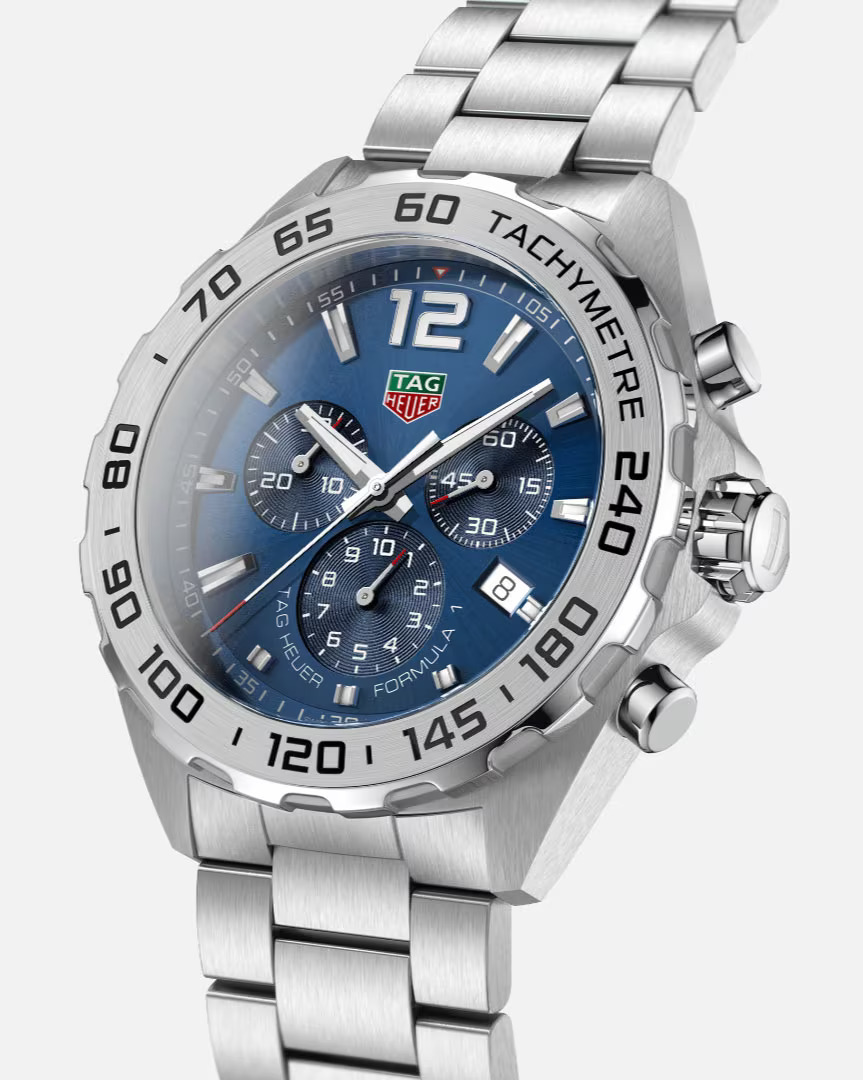
Formula One is without a doubt a serious sport, even a life-or-death sport.
This holds true for the teams, drivers, advertisers and event organizers. Also even racing fans. A race’s outcome can change in a split second.
But, it is also one of those weekly events. It brings an unmistakable sense of lightness and fun. Along with a tremendous rush of adrenaline.
Unlike the majority of other sports, it does not have a colour or dress code. The TAG Heuer Formula 1 Chronograph watch collection embodies these contrasts.
The sports contrasts are available in three pops of bright racing colours: green, yellow, and red
The TAG Heuer Formula 1 watch also became more robust and conventional over time. As the sport’s rules became more clear.
Classic designs made of stainless steel. They preferred to experiment with materials and colours.
One of the most recent iterations of the series. It brings playfulness, fun, and colour back into their Formula 1 watches. Red, yellow, and green are the colours in this trio that are typical of the sport.
These traditional colours officially ruled the track until the 1970s, but they are still omnipresent today—flags, lights, track markings, team liveries… they make up the enduring palette of this thrilling sport,” the brand asserts.
The three chronograph counters on each of the three Formula 1 editions. They are neatly arranged in a tri-compax layout. The permanent seconds are located at three o’clock.
The chronograph counters for one-tenth of a second and thirty minutes. These are located at six and nine o’clock. The date window has a four-o’clock angle.
The matching textured rubber straps and sunray-brushed dials in vibrant red, yellow, and green. It distinguishes the three timepieces. Then, each dial has nitpicky differences.
The red variant has rhodium-plated applied records and hands with white Super-LumiNova.
A white lacquered focal seconds hand and white blueprints on the chronograph counters.
The green model has a lacquered white central seconds hand. The black hour and minute hands with white Super-LumiNova. The red circles for the chronograph sub-counters.
The hands and indexes of the yellow edition are also black, but the central hand is lacquered red.
The minute’s track is on each of the three watches. It has red Arabic numerals at five-minute intervals on a black flange ring. The yellow model stands out the most with its contrasting yellow markers.
It’s against the black flange and red numerals. This adds a little extra zing to the dial, while the red and green editions have white minute markers.
A very suitable component for a game where speed is the hero. A readable tachymeter scale decorated on the steel dark PVD bezel outlines everything.
The tachymeter scale here is embossed with bold, sporty numerals. It is used to measure the speed of an object over a known distance or the distance travelled at a known speed. It is associated with motorsports.
Conclusion
As the entry-level model for TAG Heuer in the motor-sports category. These Formula 1 Chronographs are ideal as a starter watch for fans of the Swiss timekeeping brand.
As well as for those who appreciate the sport’s boldness and lightness. The red, green, and yellow chronographs, are inspired by racing. They are a bold statement whether worn on or off the racetrack thanks to their quartz movements.

